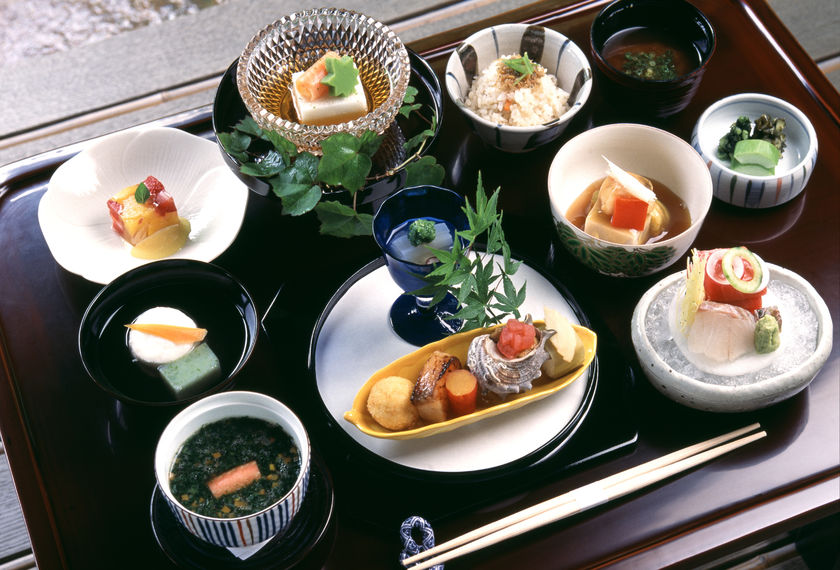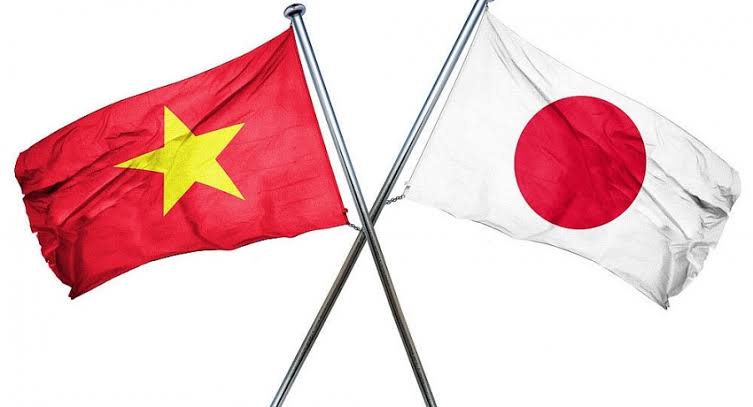Japan is a country with a rich culinary culture and is loved by people around the world. Japanese cuisine is famous for the intricate way of processing and decorating each dish. This prominence is formed by a delicate and harmonious blend of Japanese cuisine with Chinese and Western cuisines.

The Japanese, like many other countries, have brought the beliefs of heaven and earth into their culinary culture. Culinary philosophy according to the rule of “Power of Five”:
Five colors: white – yellow – red – blue – black. Each color represents a different nutritional group and 5 colors represent the diversity of nutrition.
Five ways: live – stew – baked – fried – steamed. By 5 different ways of processing, they can ensure the satisfaction of taste and that also help they create a variety of food when the food source is limited.
Five flavors: sweet – sour – spicy – bitter – salty. By providing enough flavors for a balanced meal and satisfying ones, there is no craving for another taste.
Five sense: touch – sight – hearing – smell – taste. The Japanese not only focus on the taste of the food, but also the presentation, the scent and the sound when touching the chopsticks into the food is also one of the important factors to enjoy and appreciate this food.
Moreover, in cooking, Japanese food does not uses much spices, but they mainly focus on highlighting the fresh, pure and take advantage of the natural flavors available in ingredients such as fish, seaweed, vegetables, rice and soy. Japanese food flavor is usually ethereal, gentle and suitable with nature in each season.
Features of Japanese cuisine

Japanese cuisine (also known as Washoku) not only ensures the elements of taste, nutrition, diversity, festive and seasonal combination but also brings in its quintessence and great value. In 2013, Japanese cuisine was recognized by the United Nations Educational, Scientific and Cultural Organization (UNESCO) as the representative intangible cultural heritage of humanity. What is recognized is the “unique culinary culture formed and nourished by the Japanese style”.
Speaking of Washoku, many people probably think of Sushi or Tempura but in fact, Washoku is immense. In addition to the traditional dishes represented by Kaiseki Ryori, to white rice, grilled fish, or noodles such as Soba, Udon, … there are dishes of foreign origin but localized, imbued with Japanese identities like Ramen noodles, curry, … and even dishes that were originally thought to be European but turned out to be born in Japan such as Omurice rice or Korokke. From high-class delicacies to family food, it’s all included in “Washoku”.
By Mai
